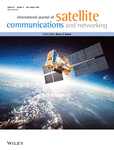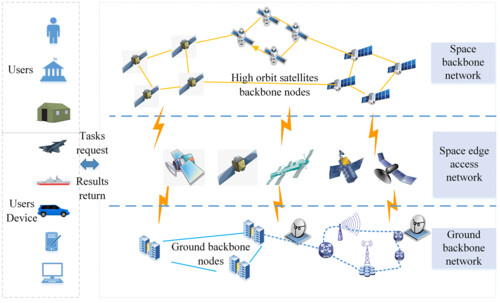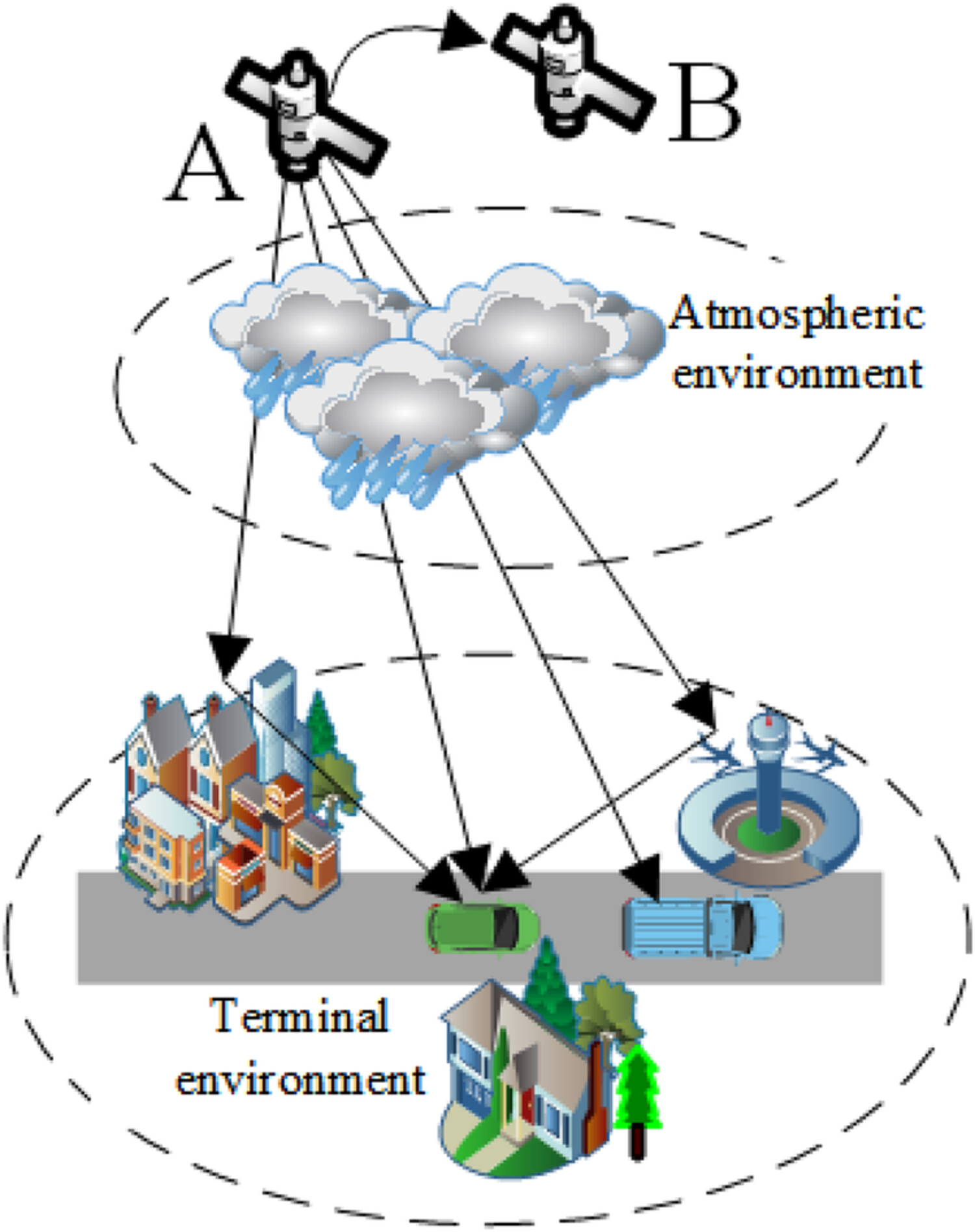Journal list menu
Export Citations
Download PDFs
ISSUE INFORMATION
ORIGINAL PAPERS
Design and implementation of variable coding and modulation for LEO high-resolution Earth observation satellite
- Pages: 303-314
- First Published: 25 October 2022

In this paper, the downlink VCM system of China Earth observation satellite is studied for the first time. By evaluating the free space loss of the satellite downlink path, a VCM-based satellite downlink system is designed, and a DVB-S2 BCH-LDPC encoded variable bit rate high-order MAPSK modulator is implemented. The maximum channel bit rate can reach 3.5 Gbps. Then, the experimental results of Gaofen-7 satellite, which was launched in November 2019, are carried out, which shown that our design method effectively meets the design requirements, and the performance is verified.
Reducing the acknowledgement frequency in IETF QUIC
- Pages: 315-330
- First Published: 24 October 2022
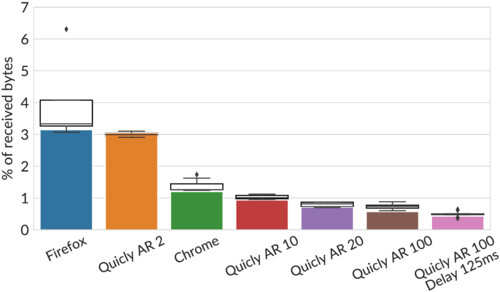
This paper explores the use of the recently-standardized IETF QUIC transport protocol with a focus on the implications on performance of using different acknowledgment policies on cellular, terrestrial and satellite networks. It finds that QUIC can be updated to minimize return capacity usage in GEO satellite paths and presents the trade-offs around sending less frequent ACKs. It also shows the default QUIC ACK Delay is not suitable for paths with low RTTs and can lead to delays in data transmission.
Resource scheduling in mobile edge computing using improved ant colony algorithm for space information network
- Pages: 331-356
- First Published: 16 November 2022
Performance analysis of weather-dependent satellite–terrestrial network with rate adaptation hybrid free-space optical and radio frequency link
- Pages: 357-373
- First Published: 08 December 2022
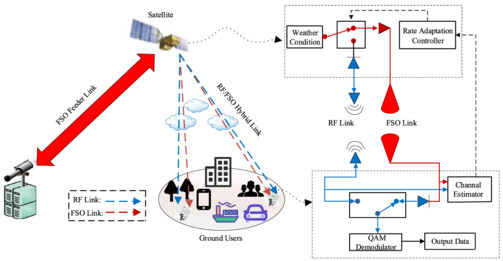
Taking the weather factor into consideration, we propose a dual-hop hybrid FSO/RF relay link model and give a detail description of it. We discussed the notable effects of the shadowing conditions, the atmospheric turbulence, the pointing errors, and detection method on the overall system performance. In addition, we find that the adaptive rate transmission strategy can significantly improve the transmission strategy of the system compared to the fixed rate design.
Mapping spatial distribution of comm-satellite's beam based on ground omni-antennas
- Pages: 374-391
- First Published: 26 February 2023
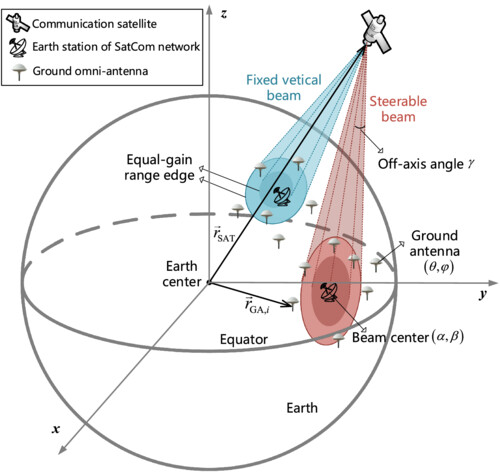
In this paper, in order to map the spatial distribution of comm-satellite's beams, a data selection-multiparameter fitting iteration (DS-MFI) algorithm is designed based on the ground omnidirectional antennas. The satellite transmitter position, equal-gain off-axis angle, and beam pointing in azimuth and elevation can be effectively estimated by the proposed approach, and it is helpful to find out the spatial frequency distribution of satellite networks and improve the utilization efficiency of spectrum resources.
Wiener predistorter for nonlinear satellite downlinks
- Pages: 392-405
- First Published: 12 March 2023

The nonlinear power amplifier and the analogue output channel filter add distortions to the satellite-transmitted signal. Wiener predistorter is an effective method to deal with such signal distortions. In this work, we show that fully compensating for the channel filter group-delay distortion degrades the performance of the Wiener predistortion system. We propose two methods to address this problem and show that our approach results in a significant improvement in predistortion performance.
Adaptive coding modulation selection optimisation scheme for Ka-band LEO mobile satellites
- Pages: 406-425
- First Published: 16 March 2023




